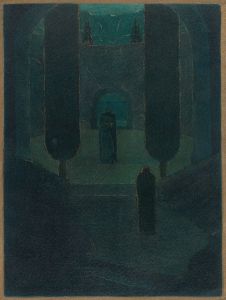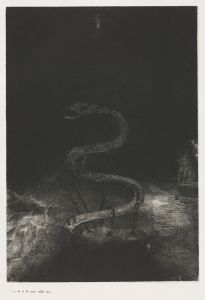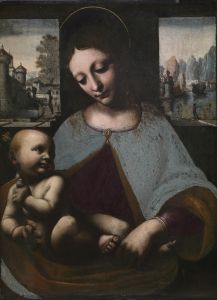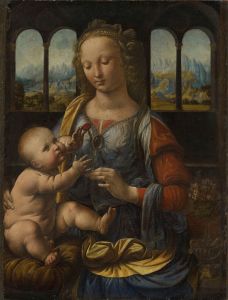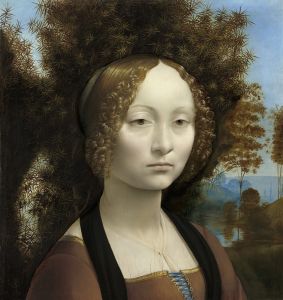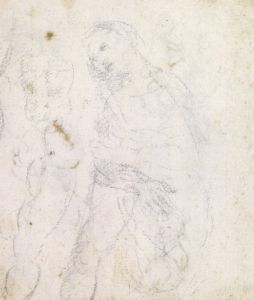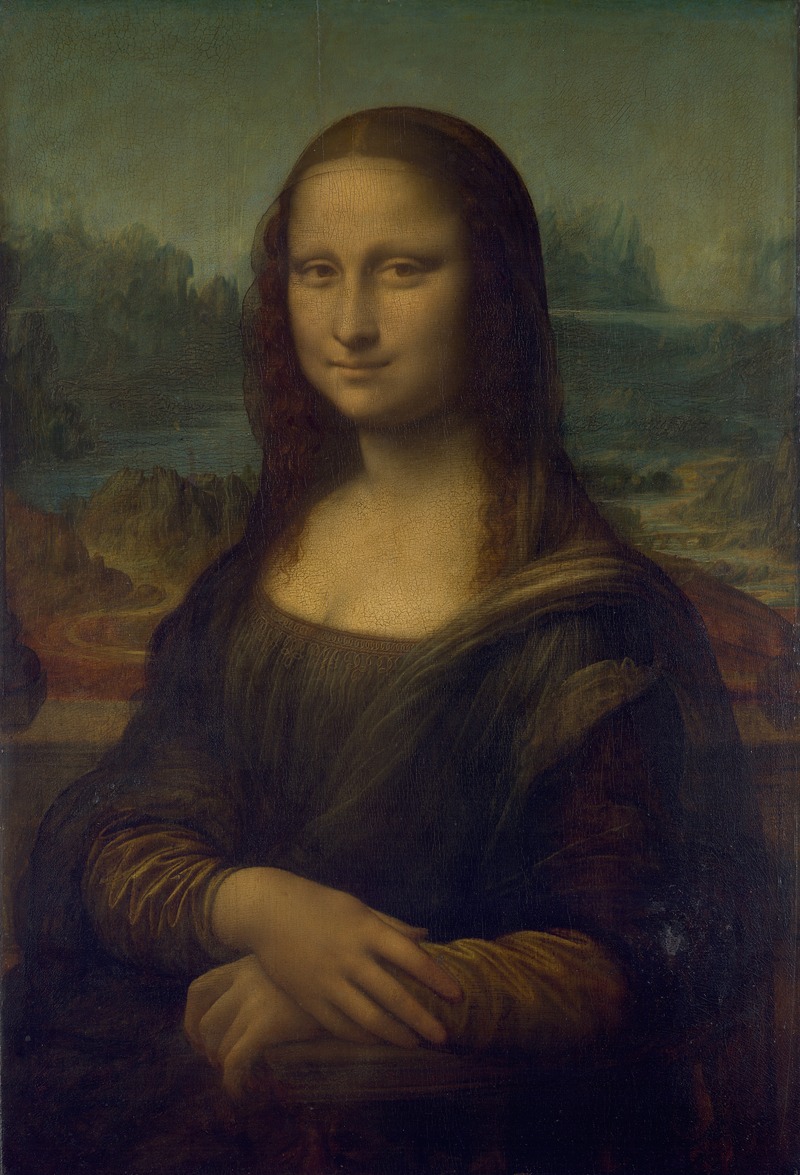
The Mona Lisa
A hand-painted replica of Leonardo da Vinci’s masterpiece The Mona Lisa, meticulously crafted by professional artists to capture the true essence of the original. Each piece is created with museum-quality canvas and rare mineral pigments, carefully painted by experienced artists with delicate brushstrokes and rich, layered colors to perfectly recreate the texture of the original artwork. Unlike machine-printed reproductions, this hand-painted version brings the painting to life, infused with the artist’s emotions and skill in every stroke. Whether for personal collection or home decoration, it instantly elevates the artistic atmosphere of any space.
The Mona Lisa is a portrait painting by the renowned Italian artist Leonardo da Vinci. It is widely considered one of the most famous and iconic artworks in the world. The painting is believed to have been created between 1503 and 1506, although Leonardo may have continued working on it as late as 1517. The Mona Lisa is currently housed in the Louvre Museum in Paris, France, where it has been on display since 1797.
The subject of the painting is Lisa Gherardini, the wife of Florentine merchant Francesco del Giocondo. This identification is supported by historical records, including a note by Leonardo's contemporary, Giorgio Vasari. The painting's Italian name, "La Gioconda," is derived from her married name, while the French title, "La Joconde," carries the same meaning.
The Mona Lisa is painted in oil on a poplar wood panel and measures 77 cm by 53 cm (30 inches by 20 7/8 inches). Leonardo employed a technique known as sfumato, which involves the delicate blending of colors and tones to create a soft, gradual transition between different areas of the painting. This technique is particularly evident in the rendering of the subject's face and hands, contributing to the lifelike quality of the portrait.
One of the most distinctive features of the Mona Lisa is her enigmatic expression. The subtle smile and the direct gaze of the subject have intrigued and captivated viewers for centuries. The background of the painting features a distant, dreamlike landscape with winding paths and a bridge, which adds to the overall sense of mystery.
The Mona Lisa has been the subject of extensive analysis and interpretation. Scholars have explored various aspects of the painting, including its composition, use of light and shadow, and the psychological depth of the subject. The painting has also been the focus of numerous conservation efforts to preserve its condition over the centuries.
Throughout its history, the Mona Lisa has experienced several notable events. In 1911, the painting was stolen from the Louvre by an Italian handyman named Vincenzo Peruggia, who believed that the artwork should be returned to Italy. The painting was recovered two years later and returned to the museum. During World War II, the Mona Lisa was moved to various locations in France to protect it from potential damage.
The Mona Lisa's fame has only grown over time, and it has become a symbol of artistic achievement and cultural significance. It has been referenced and parodied in countless works of literature, film, and popular culture. The painting continues to attract millions of visitors to the Louvre each year, making it one of the most viewed and recognized artworks in the world.
In summary, the Mona Lisa by Leonardo da Vinci is a masterpiece of Renaissance art, celebrated for its exquisite technique, enigmatic expression, and enduring cultural impact. Its historical significance and artistic brilliance ensure that it remains a central piece in the study and appreciation of art history.







